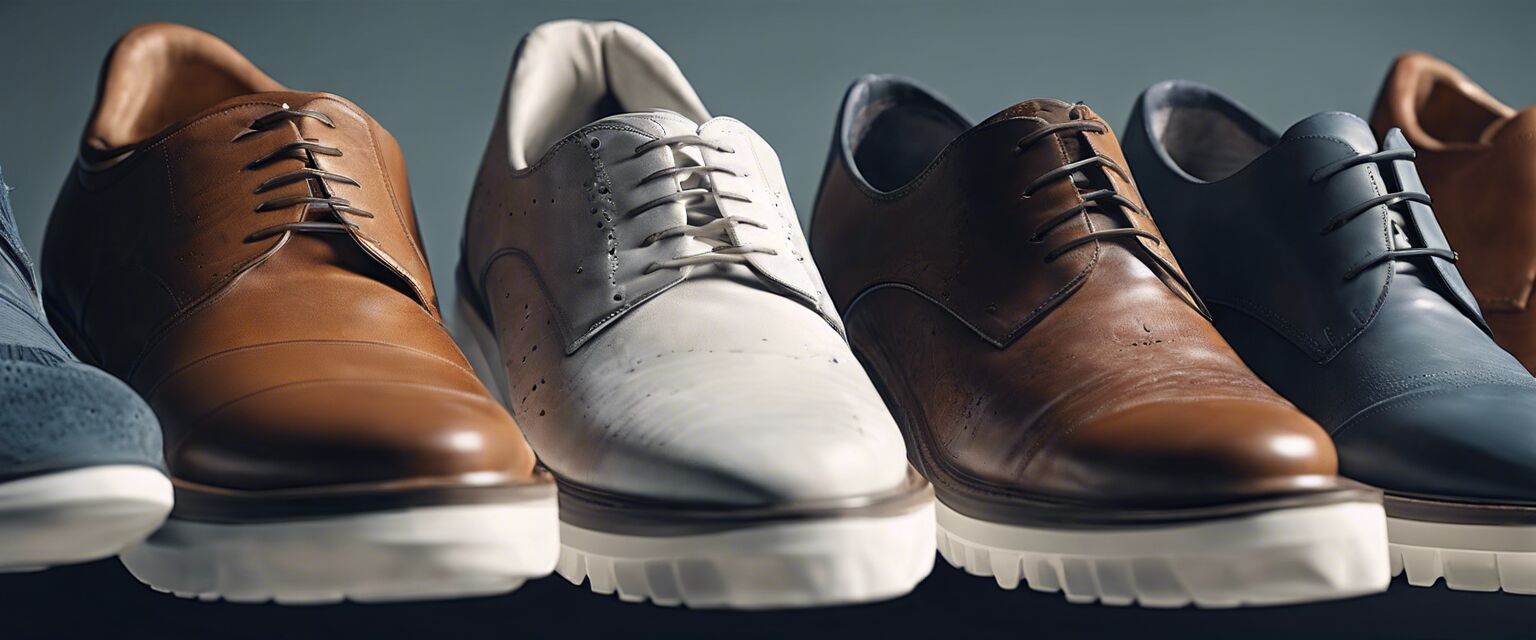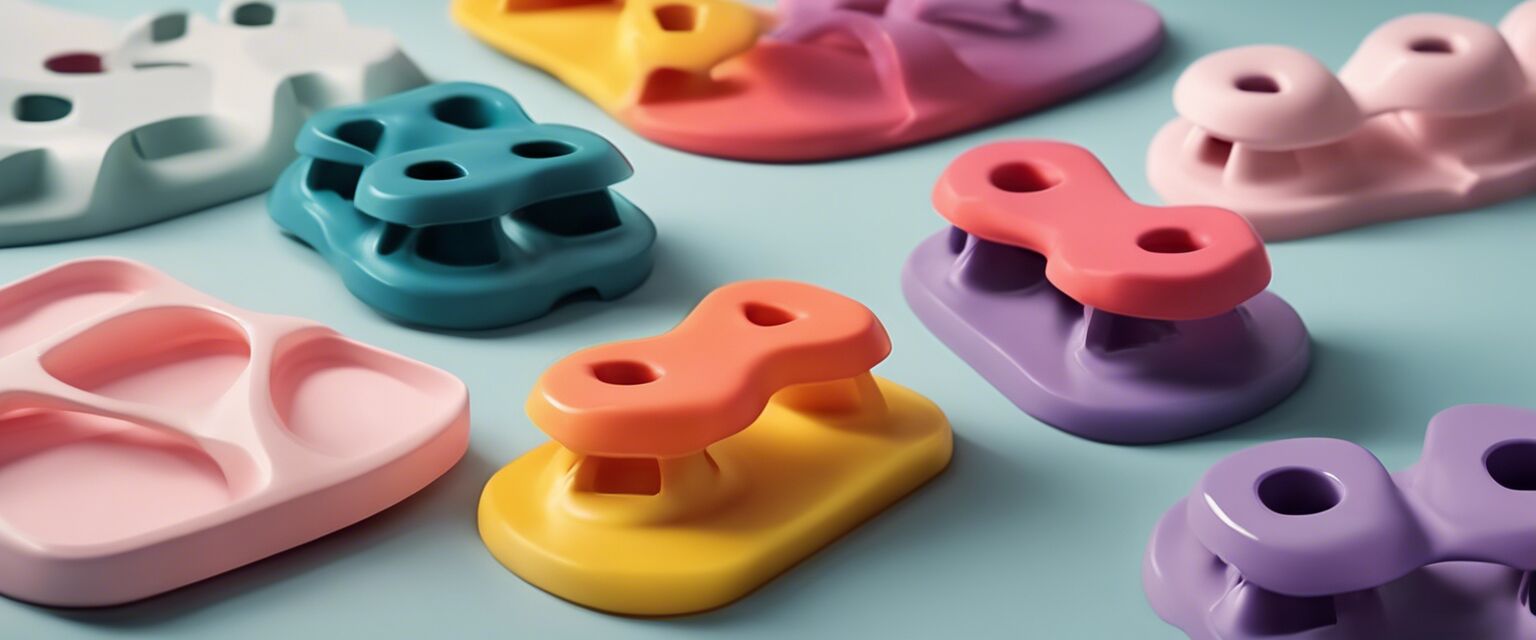
Orthopedic Footwear
Key Takeaways
- Orthopedic footwear is designed to provide comfort and support for foot health.
- There are various types of orthopedic shoes suitable for different foot conditions.
- Choosing the right footwear can prevent foot pain and improve mobility.
- Accessories like insoles and toe separators enhance the effectiveness of orthopedic shoes.
- Regular foot care is essential for maintaining overall foot health.
Orthopedic footwear is essential for anyone seeking comfort and support for their feet. Whether you have a specific foot condition or simply want to prevent foot-related issues, choosing the right shoes can make a significant difference. In this guide, we will explore the various types of orthopedic footwear available, their benefits, and additional accessories that can enhance your foot health.
What is orthopedic footwear?
Orthopedic footwear is specially designed to support the structure of the foot and alleviate discomfort caused by various foot conditions. These shoes often feature enhanced arch support, cushioning, and a wider toe box, catering to individuals with unique foot needs.
Types of orthopedic footwear
| Type | Description | Best For |
|---|---|---|
| Orthopedic shoes | Designed for overall foot support and comfort. | Individuals with general foot pain or discomfort. |
| Diabetic shoes | Specially designed to prevent foot ulcers and injuries. | People with diabetes. |
| Sports orthopedic shoes | Provide additional support and stability for physical activities. | Athletes and active individuals. |
| Custom-made shoes | Individually tailored to fit specific foot shapes and conditions. | Those with severe foot deformities or conditions. |
Benefits of orthopedic footwear
- Improved comfort during daily activities.
- Better alignment of the foot and body.
- Reduced risk of developing foot-related problems.
- Increased mobility and stability.
- Enhanced quality of life through pain relief.
Key features to look for
When choosing orthopedic footwear, consider the following features:
Tips for choosing the right orthopedic shoes
- Look for shoes with arch support.
- Choose a shoe with a cushioned sole.
- Select shoes with a wide toe box to prevent pinching.
- Ensure a good fit; try shoes on later in the day when feet are most swollen.
- Consider shoes made from breathable materials.
Orthopedic accessories
Alongside orthopedic footwear, various accessories can enhance foot health:
| Accessory | Description |
|---|---|
| Orthotic insoles | Provide additional arch support and cushioning. |
| Toe separators | Help align the toes and reduce discomfort. |
| Foot pads | Offer targeted relief for specific areas of the foot. |
| Compression socks | Improve circulation and reduce swelling. |
Maintaining foot health
Regular foot care is crucial for overall health. Here are some tips to maintain your feet:
- Keep your feet clean and dry.
- Moisturize regularly to prevent cracking.
- Check your feet daily for any issues.
- Wear appropriate footwear for different activities.
- Consult a professional for persistent foot problems.
Conclusion
Choosing the right orthopedic footwear can profoundly impact your foot health and overall well-being. By understanding the various types of footwear and accessories available, you can make informed choices that cater to your specific needs. Remember to prioritize comfort and support in your footwear selections, and don't hesitate to seek professional advice if needed.
Pros
- Provides excellent comfort and support.
- Reduces foot pain and discomfort.
- Available in various styles to suit personal preferences.
- Can help prevent future foot issues.
Cons
- Often more expensive than regular footwear.
- May require a break-in period.
- Some styles may not be fashionable.
- Limited availability in some regions.
Explore more about foot health
For more information on related products, explore these categories:
Visual representation of orthopedic footwear

Footwear care and maintenance
Proper care for orthopedic footwear can extend their lifespan. Here are some tips:
- Clean shoes regularly to remove dirt and moisture.
- Store shoes in a cool, dry place.
- Use a shoehorn to maintain shape.
- Replace insoles as needed for optimal support.

Final thoughts
Investing in orthopedic footwear and accessories is a significant step towards achieving optimal foot health. With the right choices, you can enhance your comfort and mobility, ensuring that you stay active and pain-free.









